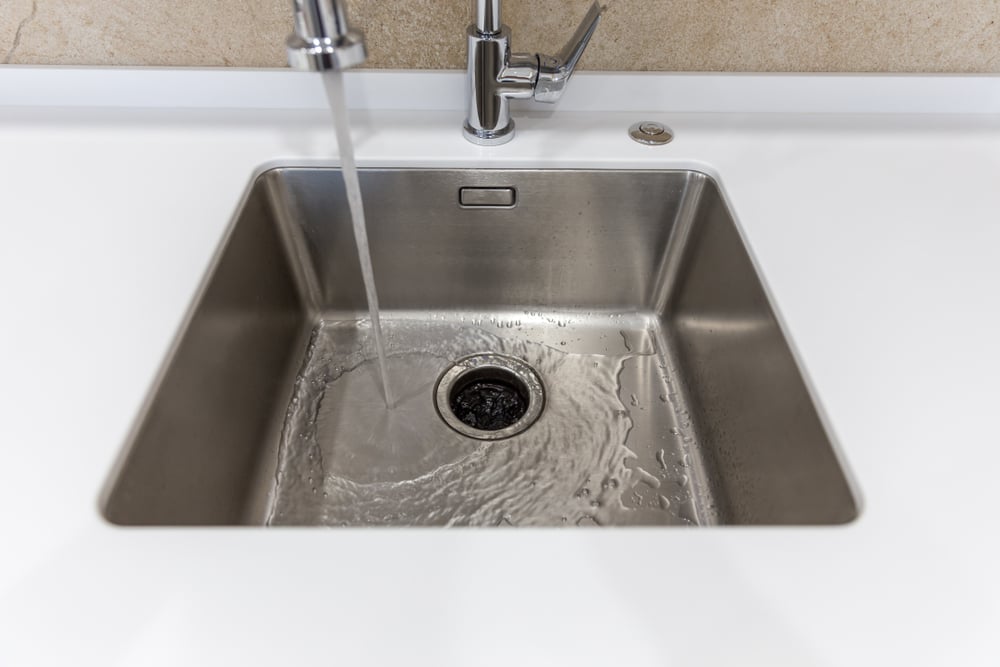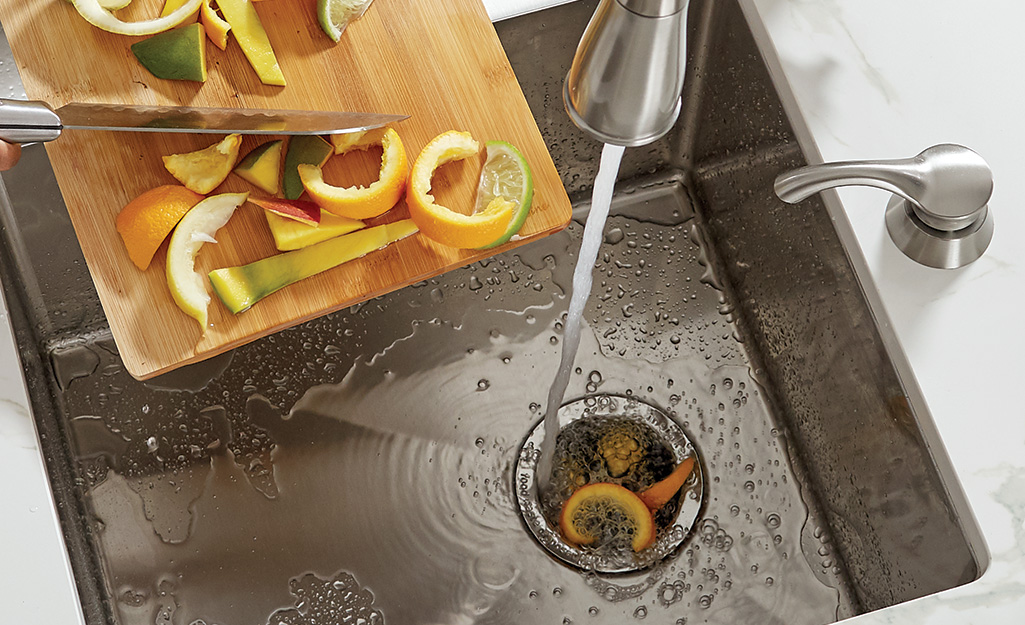Our Comprehensive Guide to Fixing a Leaky Garbage Disposal
Our Comprehensive Guide to Fixing a Leaky Garbage Disposal
Blog Article
Presented here in the next paragraph you will find a good deal of worthwhile content when it comes to Why Is .

Garbage disposals are important cooking area home appliances that assist in taking care of food waste successfully. Nevertheless, a dripping garbage disposal can be an irritating and untidy trouble to take care of. Luckily, many leakages can be dealt with conveniently with a couple of basic actions. In this write-up, we will certainly go over how to deal with a leaking waste disposal unit properly.
Intro
Garbage disposals are installed under kitchen sinks and are designed to shred food waste into smaller sized items, enabling it to pass through the plumbing system conveniently. While these gadgets are normally reputable, leakages can occur over time as a result of damage, loose connections, or damages to the device.
Step-by-Step Overview to Fixing a Leaking Garbage Disposal
Turn Off the Power
Before attempting any kind of repair services, make sure that the power to the waste disposal unit device is shut off to avoid the threat of electrical shock.
Find the Leakage
Determine the precise area of the leak and establish the cause
Tighten Connections
Utilize a wrench to tighten up any loose connections between the disposal system and the plumbing system.
Replace Seals or Gaskets
If the leakage is due to used seals or gaskets, eliminate the old elements and replace them with brand-new ones.
Patching Fractures or Holes
For cracks or openings in the disposal unit, usage epoxy or an appropriate patching material to seal the damaged location.
Identifying the Source of the Leak
Before trying to fix a leaking garbage disposal, it is essential to identify the source of the leakage. This can typically be done with aesthetic examination or by carrying out simple tests.
Visual Examination
Evaluate the garbage disposal unit thoroughly for any kind of indicators of water leak. Pay very close attention to locations around seals, gaskets, and connection factors.
Evaluating for Leakages
One way to examine for leaks is by running water with the disposal device and checking for any type of noticeable signs of leak.
Usual Root Causes Of Leakages in Waste Disposals
Worn Seals and Gaskets
Seals and gaskets play a crucial duty in preventing water from dripping out of the garbage disposal. Gradually, these elements can wear away, causing leaks around the disposal device.
Loose Connections
The connections in between the garbage disposal and the plumbing system can end up being loosened in time, causing water to leak out during operation.
Fractures or Holes in the Disposal Unit
Physical damage to the garbage disposal, such as fractures or holes in the real estate, can also cause leaks.
Devices and Materials Needed for Fixing a Dripping Garbage Disposal
Before starting the repair work process, collect the required devices and products, consisting of a screwdriver, adjustable wrench, plumbing professional's putty, substitute seals or gaskets, and epoxy or patching material for repairing splits or openings.
Evaluating the Waste Disposal Unit After Repair
When the fixing is complete, check the waste disposal unit by running water through it to make sure that the leakage has been dealt with.
Preventive Maintenance Tips to Avoid Future Leaks
To prevent future leakages, it is necessary to execute normal maintenance on your waste disposal unit. This includes keeping it tidy, avoiding placing non-food products or tough objects down the disposal, and periodically checking for leakages or other issues.
Final thought
To conclude, repairing a leaking waste disposal unit is a fairly simple process that can be completed with standard tools and materials. By following the actions laid out in this write-up and exercising preventative maintenance, you can keep your garbage disposal in good working problem and stay clear of costly fixings in the future.
HERE’S HOW TO FIX YOUR GARBAGE DISPOSAL
WHAT TO DO IF SOMETHING IS STUCK IN YOUR GARBAGE DISPOSAL
If the impeller won’t turn, there’s probably something stuck in the disposal. It could be a steak bone or peach pit, although plumbers report pulling all sorts of inappropriate objects out of disposals, such as bottle caps or aluminum foil. Make sure power to the disposal is off, and look inside to see if you can see the source of the jam.
Never stick your fingers in a disposal. Pull out anything you see with tongs or pliers.
If the disposal still won’t work, it may be time to call a plumber or consider buying a new disposal. GEM Plumbing & Heating is here for all of your garbage disposal needs.
WHAT TO DO IF YOUR GARBAGE DISPOSAL DRAIN IS CLOGGED
Take everything out from underneath your sink and put a bucket or other container under your disposal to catch any water that drains out. Disconnect your disposal from the power supply. If it’s plugged into a wall outlet, unplug it. If it’s hardwired into an electrical box, go to the electrical panel and turn off the breaker for the disposal. Pour ¼ cup of baking soda into the drain, followed by ½ cup of white vinegar. Give the solution a few minutes to fizz and do its work. Look into the disposal with a flashlight to see if you can see an object that might be causing the clog. If you see it, remove it using tongs or pliers. MORE TIPS ON DEALING WITH A CLOGGED GARBAGE DISPOSAL
Never use drain cleaner in a garbage disposal. It can damage the plastic parts inside the disposal. You can also be splashed with the caustic liquid while working to clear the clog. Beware! Never stick your fingers into a garbage disposal. Trust us — not a good idea. In many instances, your dishwasher drains through your garbage disposal. This allows the disposal to grind any large food particles that may be drained out of your dishwasher. There are some jurisdictions, however, where the plumbing code prohibits such a connection. WHAT TO DO WHEN YOUR DISHWASHER DRAINS THROUGH THE DISPOSAL
Run some water in the sink so your plunger has at least a ½-inch of water to create a seal and plunge vigorously up and down several times. You may need to repeat this several times. Run hot water down the drain to clear any residue that remains.

I am just very enthusiastic about Why Is and I hope you liked the entire page. Do you know about somebody else who is inquisitive about the niche? Why not share it. Thanks for taking the time to read it.
View More Report this page